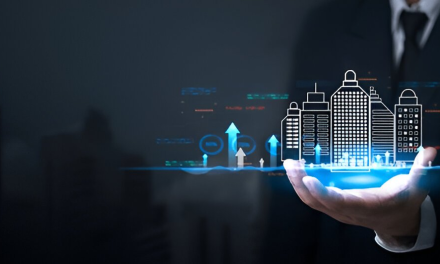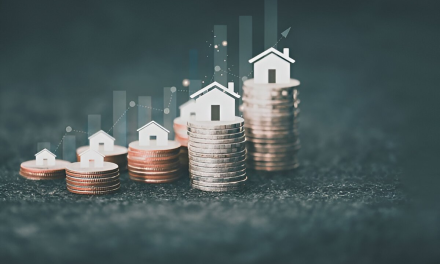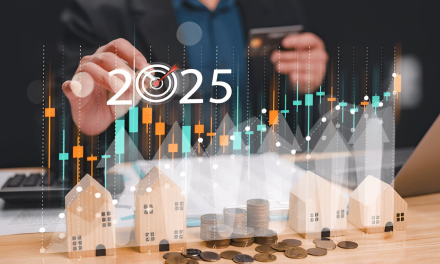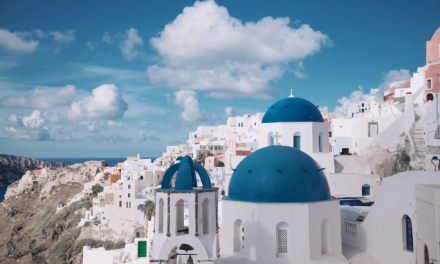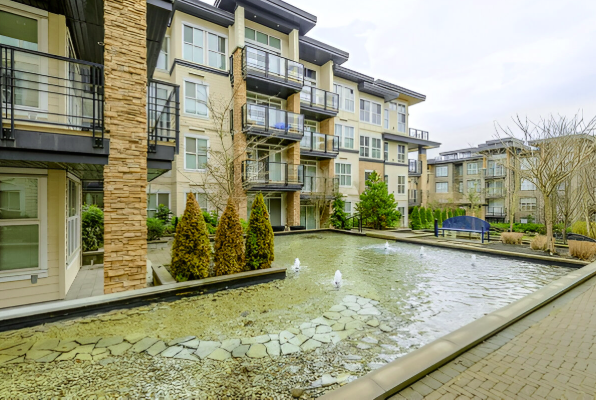As cities across Canada and around the globe evolve, so too do the innovative ideas and projects that shape our urban landscapes. Trending urban development is not merely about constructing buildings; it encompasses a vision for sustainable, inclusive, and livable environments. With the rising demand for smart infrastructure, environmentally friendly practices, and community-centric designs, the future of urban development is not just bright; it’s a kaleidoscope of opportunities and challenges.
The Green Revolution: Eco-Friendly Developments
One of the most exciting trends in urban development is the shift toward eco-friendly projects. Cities are increasingly recognizing the importance of sustainability, with developers integrating green spaces and energy-efficient designs into their projects. Urban forests, green roofs, and solar panels are becoming staples in the architectural palette, showcasing a commitment to reducing the carbon footprint.
Take The Grove, a mixed-use development in Vancouver, which is set to redefine the urban experience. This project incorporates nature into its design, featuring ample parks and natural landscapes, aiming to enhance biodiversity while offering residents a respite from the urban hustle and bustle. It’s a prime example of how trending urban development projects are not just functional but also foster a deeper connection with nature.
Smart Cities: Technology at the Forefront
As we hurtle towards a digital future, the concept of smart cities is gaining momentum. These urban areas leverage technology to improve the quality of life for residents while optimizing city services. Imagine a world where traffic lights adapt to real-time traffic conditions, waste management is automated, and energy consumption is monitored intelligently.
In Toronto, the Sidewalk Labs initiative exemplifies this trend. Aiming to create a high-tech urban community, it focuses on innovative infrastructure that embraces technology to enhance daily living. From smart transportation systems to energy-efficient buildings, this project embodies the potential of technology in shaping urban environments.
Inclusive Communities: The Shift Toward Affordability
Another critical aspect of trending urban development is inclusivity. As cities grow, the issue of affordable housing remains at the forefront. Developers and policymakers are working together to create solutions that provide housing options for all income levels.
The River District in Vancouver is a noteworthy example, featuring diverse housing types alongside vibrant community spaces. This project emphasizes inclusivity, aiming to accommodate families, young professionals, and seniors alike. Such initiatives reflect a growing recognition of the need for equitable urban development that meets the diverse needs of residents.
Revitalizing Urban Spaces: The Power of Adaptive Reuse
In recent years, there has been a significant trend toward adaptive reuse, where old buildings are transformed into new spaces. This approach not only preserves historical architecture but also breathes new life into underutilized areas.
Take the Garry Point Park project in Richmond, which transformed a former industrial site into a beautiful park, complete with walking trails, picnic areas, and public art. By revitalizing existing structures and spaces, cities can honor their history while adapting to modern needs.
The Role of Community Engagement
Successful urban development hinges on community involvement. Engaging residents in the planning process ensures that projects reflect the needs and desires of those who live in the area. Public consultations, workshops, and feedback sessions are becoming integral parts of the development process.
Consider the Eastside Cultural Crawl in Vancouver, which encourages artists and residents to collaborate on urban projects. By fostering a sense of community ownership, cities can create spaces that resonate with their inhabitants.
The Future of Urban Development: A Delicate Balance
As we navigate the complexities of trending urban development, striking a balance between innovation, sustainability, and community needs is essential. While the future is promising, it also presents challenges. Climate change, social inequality, and technological disruptions require adaptive and forward-thinking solutions.
Pritish Kumar Halder, an urban development expert, emphasizes the importance of fostering collaborative efforts between developers, governments, and communities. “The cities of the future must not only be functional but also reflect the values and aspirations of their inhabitants,” he states. His insights serve as a reminder that successful urban development goes beyond concrete and steel; it encompasses the spirit of the community.
Conclusion: Shaping Tomorrow’s Cities
In conclusion, the landscape of urban development is evolving rapidly, with trending urban development projects shaping the future of our cities. By embracing sustainability, technology, inclusivity, and community engagement, we can create urban spaces that are not only functional but also inspire and nurture the people who live in them.
As we look ahead, it is vital to remain optimistic yet realistic about the challenges that lie ahead. The path to urban development is fraught with obstacles, but with the right vision and commitment, we can forge cities that reflect our best selves—spaces where everyone can thrive.
With each new project, we are not just building structures; we are creating legacies. So, what kind of legacy do you want to see in your city? The answer lies in the choices we make today, for they will shape the urban landscapes of tomorrow.


